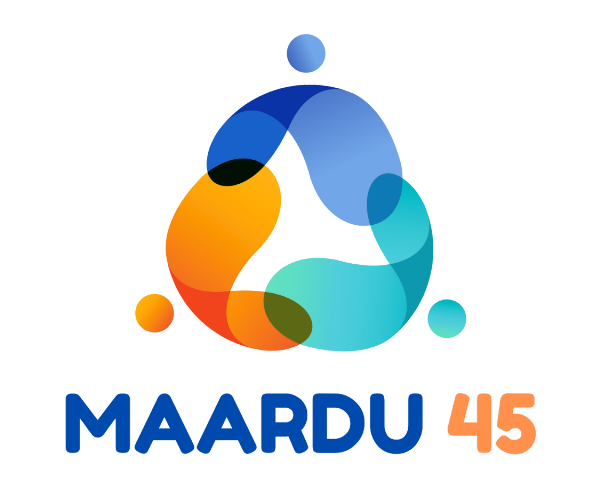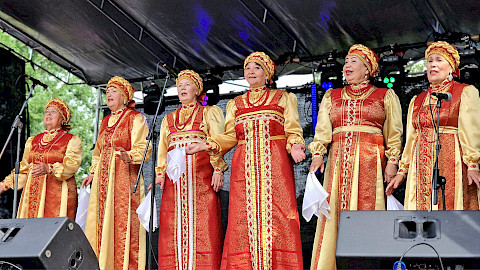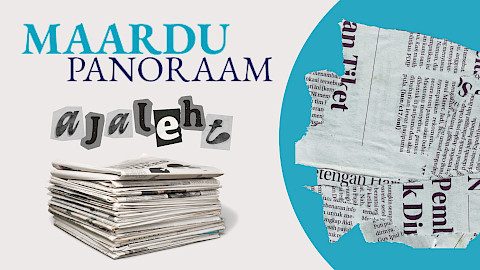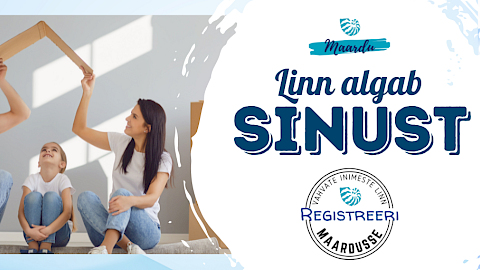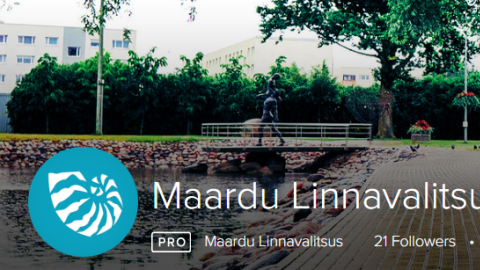Maardu history
Our history and heritage
Maardu’s story officially began in 1980, when it was granted town rights, but its history dates back centuries. The first written records of Maardu Manor date to 1397, when the manor served as a key regional center surrounded by fertile farmland and dense forests.
In the 20th century, Maardu gained recognition for its rapid industrial development. The discovery and mining of phosphorite deposits spurred economic growth, laying the foundation for the modern city we know today. This industrial heritage remains an integral part of Maardu’s identity.
During the Soviet era, Maardu flourished as an important industrial hub. A large port was built in Muuga, accompanied by the development of new residential areas and infrastructure, making the city attractive both to local residents and to newcomers. Many landmarks from this period still enrich the city’s cultural landscape and stand as symbols of its vibrant history.
Today, Maardu is a dynamic and diverse city that honors its historical roots while looking confidently to the future. A walk through the city reveals its rich history, with sites like Maardu Manor and Maardu Lake offering glimpses into its colorful and enduring past.
The first mention of Maardu in written records
The first recorded reference to Maardu Manor.
The first phosphate mine was established near the village of Ülgase, close to Maardu. This marked the beginning of Maardu's transformation into an industrial settlement due to phosphate mining.
Construction of the Estonian Phosphate Plant and associated quarries commenced.
By the late 1950s
The powerful Estonian Phosphate Chemical Plant was completed, extracting millions of tons of phosphate ore. The plant was equipped with the most modern technology for its time and produced a range of 15 different products.
Maardu officially received the rights of a village settlement.
Construction of modern Kallavere high school building
Maardu village was transferred to the administration of Tallinn authorities.
Construction of the current Maardu Primary School building.
Maardu village received the rights of the town while remaining under the administrative authority of Tallinn.
Construction of Muuga Port, which became a catalyst for the development of a new residential district in Maardu.
Construction of the current Maardu Gymnasium building.
Maardu was granted the status of a self-governing city. The decree was signed by Arnold Rüütel, Chairman of the Supreme Council of the Republic of Estonia. This marked a significant step toward administrative and managerial independence, paving the way for the city's autonomous development.
The Archangel Michael Orthodox Church was built in Kellamäe park. The complex includes two sanctuaries: the lower church, dedicated to St. Seraphim of Sarov, and the upper church, dedicated to the Archangel Michael.
The tradition of hosting the Sorochinsky Fair in autumn began. In addition to trade, the fair featured a rich cultural and entertainment program. In recent years, the event has been renamed the Ethno Fair.
The “Make you hometown beautiful” initiative competition was launched, marking the first time residents of Maardu were actively involved in the city’s budget planning process.
Construction and opening of the modern Muuga Kindergarten.
Construction of second building of Muuga Kindergarden
Completion and opening of the new Maardu Social Center
